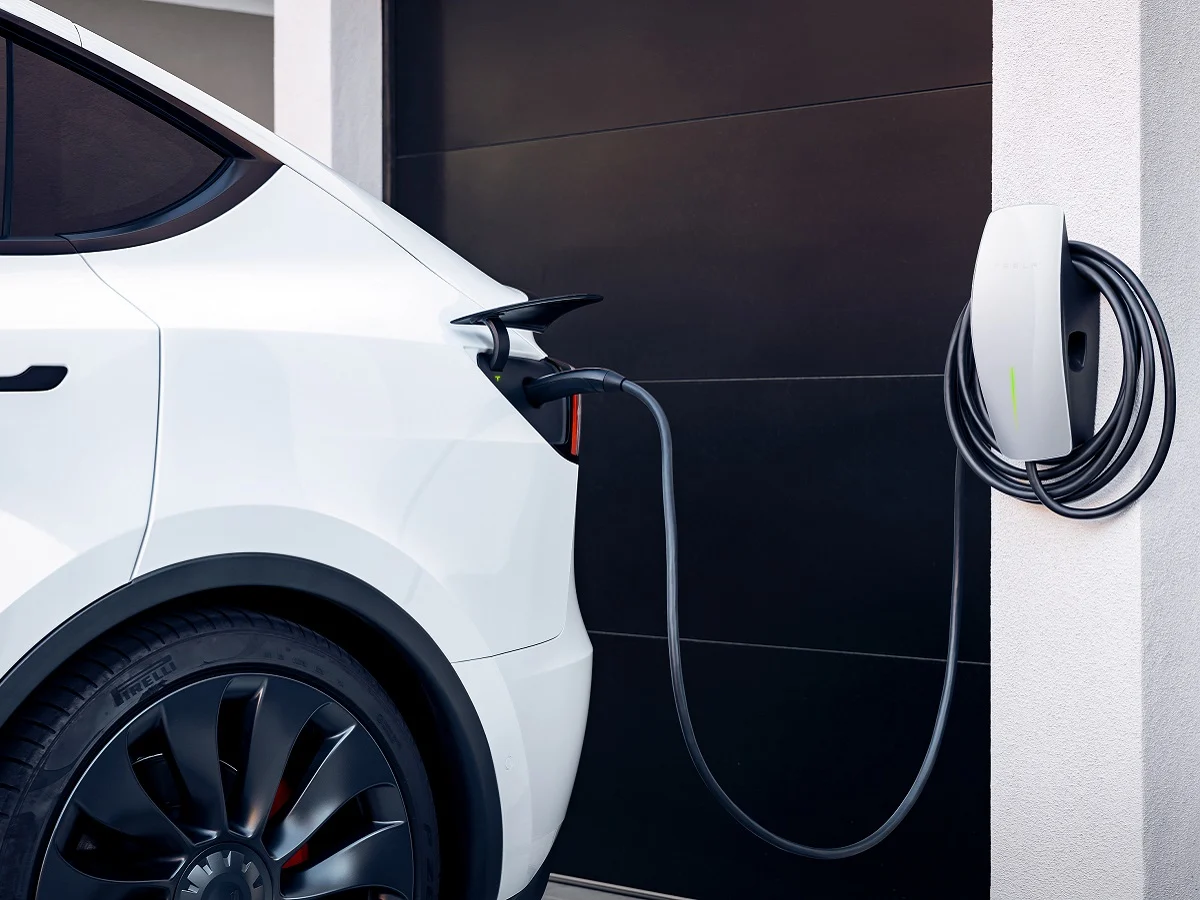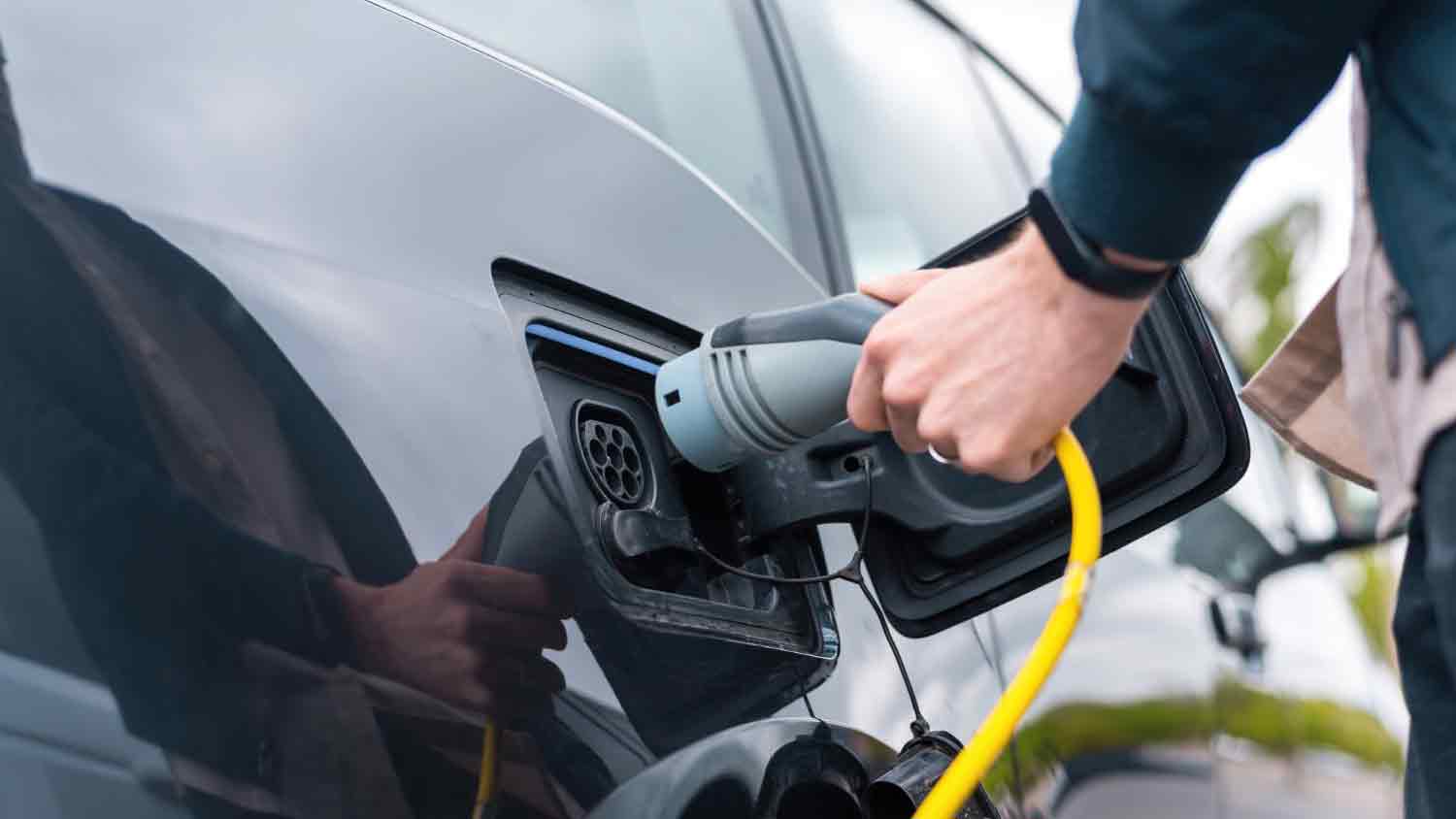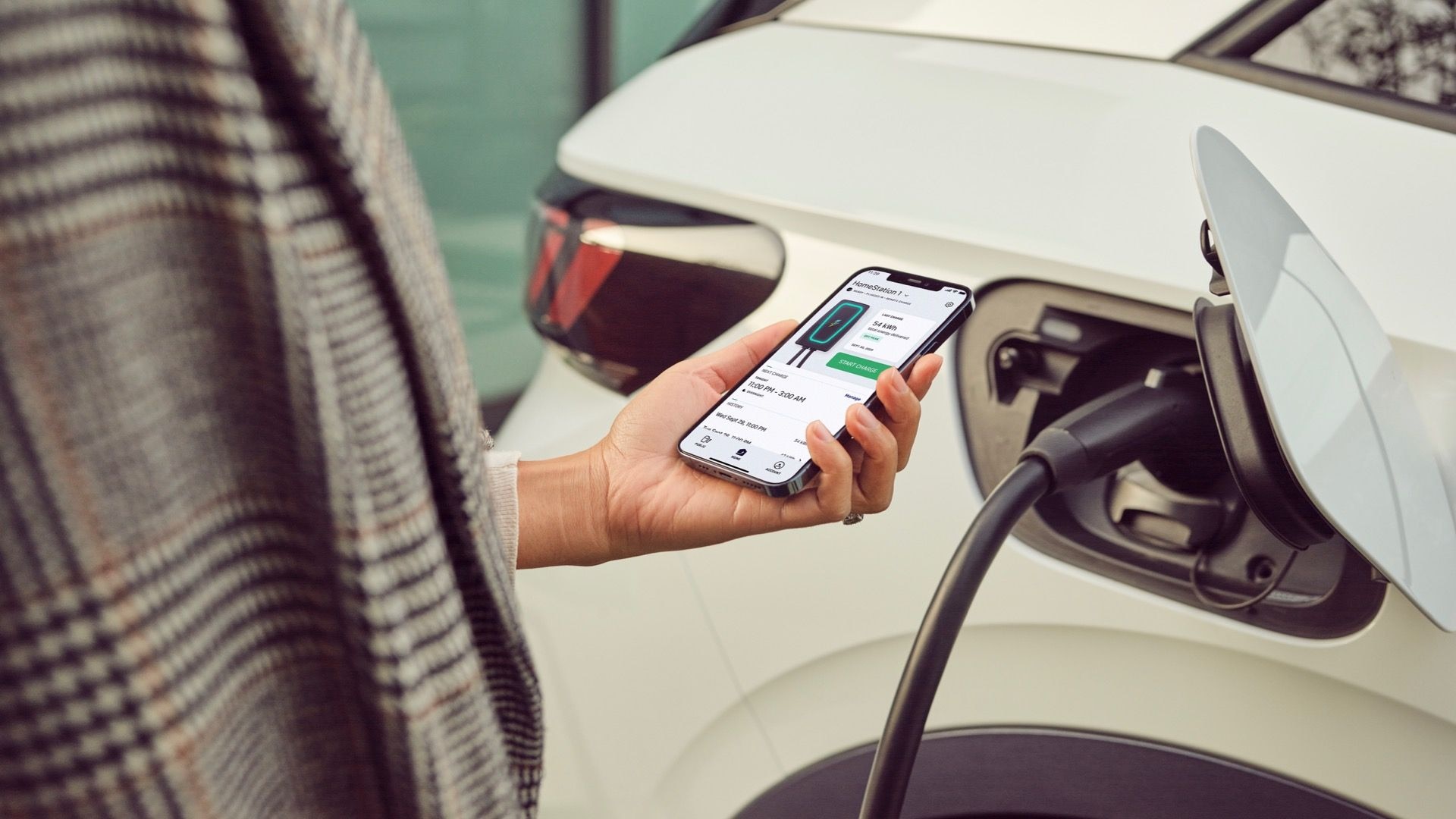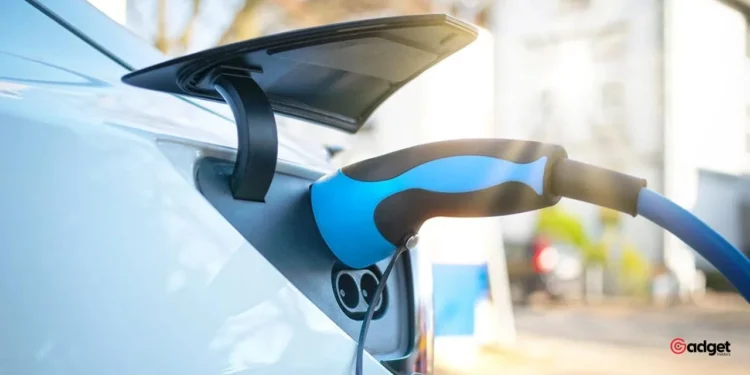The electric vehicle (EV) industry is witnessing a notable shift in consumer satisfaction regarding public charging stations. According to the latest J.D. Power E-Vision Intelligence Report, the landscape of public Electric Vehicle charging is evolving, with non-Tesla chargers showing significant improvements in user experience.
This comes at a time when Tesla’s once-dominant Supercharger network is experiencing a slight decline in customer satisfaction ratings.

A Closer Look at the Numbers
The first quarter of 2024 marked a remarkable period for public Electric Vehicle chargers. On a 1,000-point scale, the satisfaction rating for public DC fast charging stations, which includes Tesla’s Supercharger network, climbed to 663, up 16 points from the previous quarter.
Additionally, public Level 2 chargers saw an increase of 9 points, reaching a satisfaction score of 610. These increases are the highest quarter-over-quarter improvements since J.D. Power began tracking this data in 2021.

Improvements and Innovations Drive Satisfaction
Users have reported noticeable enhancements in charging speed, ease of use, availability, and the physical condition of charging stations. Despite these positive trends, the first quarter’s scores have not surpassed the peak satisfaction levels recorded in 2022.
The highest satisfaction for DC fast chargers was observed in the second quarter of 2022, reaching 679 points, while public Level 2 chargers peaked in the first quarter of the same year with a score of 634.

The Rise of Non-Tesla Charging Operators
The recent surge in satisfaction can largely be attributed to the performance of non-Tesla charging networks such as ChargePoint, Electrify America, and EVgo. These operators have significantly improved their services, contributing to the overall upward trend in the industry’s satisfaction ratings.
In contrast, Tesla’s Supercharger network, despite a minor decrease in satisfaction by one point, remains a top contender in the industry. However, it’s notable that Tesla’s network has experienced a decline in customer satisfaction for two consecutive quarters.
According to the Department of Energy’s Alternative Fuels Data Center, Tesla Superchargers represent 61% of approximately 43,000 DC fast charging ports in the U.S. This dominance highlights the impact that Tesla has had on the charging industry. However, the improvement in satisfaction scores for non-Tesla chargers is a promising sign that other companies are beginning to provide viable alternatives that could reshape the market dynamics.

Looking Forward: The Future of Electric Vehicle Charging
The ongoing improvements in non-Tesla public Electric Vehicle chargers are not just enhancing customer satisfaction but are also fostering a more competitive and diverse charging infrastructure. This shift is crucial for the continued growth of the Electric Vehicle market, ensuring that users have reliable and efficient charging options across different networks.
As we move forward, the industry hopes to maintain this momentum, potentially leading to even more innovations and higher satisfaction levels in future quarters. The rise of non-Tesla chargers is a refreshing change that promises to bring more balance to the charging station landscape, making electric vehicle ownership more accessible and convenient for everyone.










